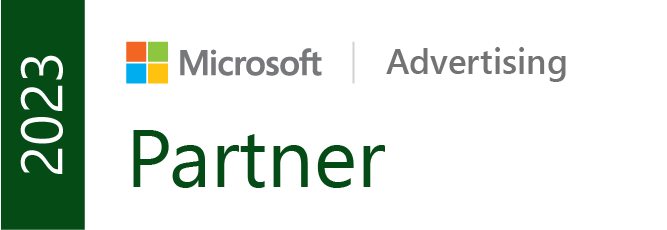“Principles are fundamental truths that serve as the foundations for behavior that gets you what you want out of life. They can be applied again and again in similar situations to help you achieve your goals.”
― Ray Dalio, Principles: Life and Work
#ManagerProblems
I recently paid a visit to Boston with my wife. As we walked through the historic streets one day, I was lost in thought.
I was thinking about the projects our department has going on this quarter and how one of the greatest challenges that our managers face at their level in the organization is time allocation.
Apart from being a universal challenge faced by all leaders, I mused that there was some low-hanging fruit in the area of reviewing “work product.” In our business, “work product” means the way advertising accounts are set up, but it could just as easily apply to any work output like widgets or any service.
I view it as my mission to continuously make our managers more effective by equipping them with the tools to audit accounts more easily, drastically reduce the time required per review, and 10x their output – all without having them micro-manage their direct reports!
So it occurred to me that the solution was to get back to principle-based review and management.
Background
First, a little background on how we got to the place that we did.
As the team grew over the last two years and each new analyst made their way through our training program, we were handling a greater variety and depth of work (in terms of account size, complexity, industry, and number).
In my reflecting, I saw that we’d fallen into the habit of treating some “work product” issues as one-off occurrences that really weren’t so. This happened in the case of related quality issues that, when taken in isolation, would have been perfectly natural to treat as individual cases. They would happen on different accounts, at different times, or to different analysts on different teams.
So how did I know this was a global issue? I take notes every day when I huddle with my managers. A pattern emerged in the way that managers were becoming frustrated and bottlenecked when auditing our accounts. They cited having to address the same issue repeatedly with the same person.
We were stuck on the level of tactical diagnosis and treatment.
I can’t tell you how relieved and energized I was when I finally pieced that together.
The Principles Strategy that Solves Overwhelm
With the issue identified, we began to discuss and develop potential solutions. Here is what we came up with:
Step one: document & agree on the core pay-per-click principles. We needed to look at our work from different angles and categorize the different best practices that govern quality. It is best to crowd source these principles from people who are experts and have a proven track record of success in your domain.
Step two: coach the principles every day and in our initial training program. We needed to begin the tedious work of redirecting all of those individual cases and tying them back to the underlying principles. To simply identifying the cases, we needed to communicate them and ensure our people understood them well enough to reduce the risk of violating the principle again in the future.
Step three: hold people accountable for principles. This is where the magic happens. Once the principles are codified and agreed upon and your people have been coached adequately, you can now expect that the work product meets the standards set by the principles. If it doesn’t, you can explain which principle was violated and set them on the path of correcting the issue. In addition, you receive a force multiplier by ensuring that all related issues are addressed at the same time! One principle can tackle 10 individual cases at once, instead of having to have “the talk” 10 times over.
Once we went through this process, life began to look different for our managers.
Instead of micromanaging and scrutinizing minute details in an advertising account, they could pop in, observe an issue, notify the analyst that their work product violated the “like things together” principle, and instruct them to fix it. Something that used to take an hour could take 15 minutes.
When their people fixed an issue, they were trained, empowered, and expected to fix it everywhere, and in all future advertising accounts they worked on. This led to faster setup and less re-work on the front lines, too.
That’s the beauty of principles: they’re universal!
Managers can invest the extra time to coach their reports through these principles in-depth once, and in the future, they can remind them of the principles. Over time, the front-line people will develop an instinctual awareness of the principles.
If you are responsible for reviewing work and have felt similarly overwhelmed by how much you have to get done, consider trying this approach.
What’s the cost of being stuck in reactionary, tactical-level review and micro-management?
Let me know in the comments below.




















